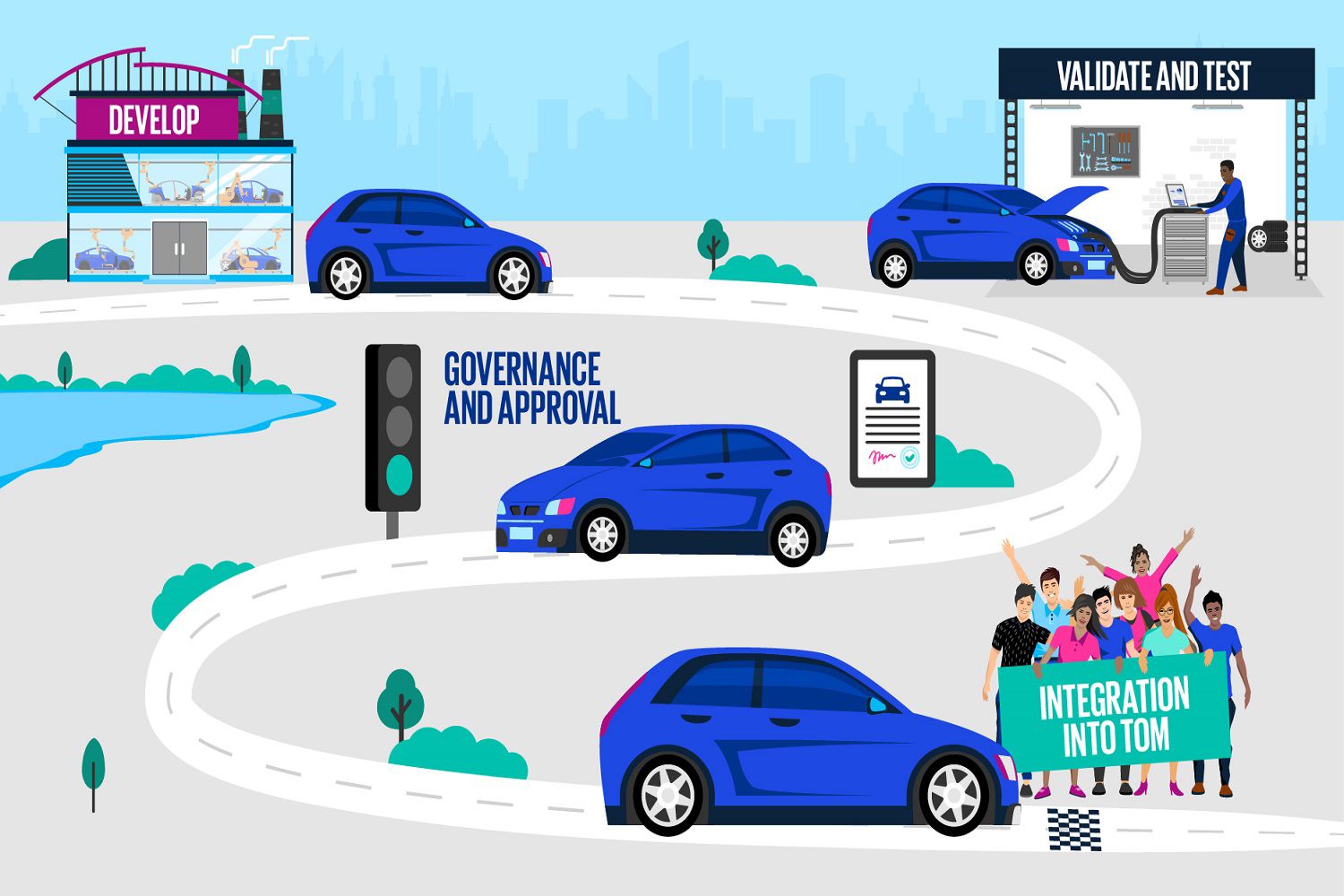In recent years, regulators in both the UK and US have required certain banks to conduct solvent wind-down (SWD) exercises. The Single Resolution Board (SRB) defines SWD as “an approach for existing (or dissolving) trading activities in an orderly manner and avoiding posing risks to financial stability”. The SRB also notes that the lack of a credible SWD plan could jeopardise the credibility and feasibility of the wider resolution strategy of any bank with material trading books.
The exercises carried out by regulators — between 2014 and 2021 — covered trading and banking book exposures, legal entity wind-downs and `combination exercises' as part of the development of wider recovery and resolution capabilities. Unfortunately, the outputs demonstrated that, for the most part, firms lack the ability to wind-down their activities in an orderly manner.
As a result, in May 2022, the PRA published a policy statement (PDF 1.12 MB) requiring banks to identify a full or partial wind-down strategy of their trading activities as a recovery and post-resolution restructuring option. The deadline for compliance is March 2025 and banks should now be well on their way towards interpreting and implementing the PRA's requirements.
PRA's trading wind-down requirements
- O-SII banks that have the full or partial wind-down of trading activities as a recovery and post-resolution restructuring option; and
- Banks that have identified their preferred resolution strategy as Bank-led bail-in, or have been notified that they are a `material subsidiary' of a third-country group for the purposes of setting internal minimum requirements for own funds and eligible liabilities (MREL) in the UK.
Institutions meeting the criteria above are expected to evidence the following capabilities:
1. Information provision and decision-making capabilities
Specifically, they must be able to produce:
- Granular information and data to support segmentation of trading portfolios in in the form of formal templates and quantitative & qualitative analysis.
- Projection of Exit Costs, Operational Costs, Capital Resource Impacts and Requirements, Liquidity and Funding and Risk-based Losses from the assumed reference date throughout the wind-down period.
- Sensitivity analysis which includes quantification of the impact of alternative key assumptions to those assumed under the trading wind-down (TWD) scenario.
2. Refresh capabilities
Banks must be able to demonstrate:
- Data refresh capabilities — of (i) balance sheet and risk data (including data on trading book positions at the individual contract, collateral, and asset levels), (ii) quantification of wind-cost cost, and (iii) capital and liquidity projections.
- A full plan refresh within weeks of the material components of the wind-down option (including changes to assumptions and modelling methodology).
Implementing TWD solutions
Banks that are in the process of developing and implementing TWD solutions face the following challenges:
- The need to take a legacy capital and liquidity stress testing and reporting infrastructure and make it faster and more agile.
- The need to segment and to be confident that they can deliver the portfolio segmentation wind-down on a legal and contractual basis.
- The need to enhance their ability to analyse portfolios on a trade level.
- The need to align with other wide reaching and emerging regulation such as the Fundamental Review of the Trading Book (FRTB, which has an implementation date of 1 January 2025).
- The need to develop TWD tooling with clear links to business strategy (e.g. RWA and capital optimisation).
Wider recovery and resolution integration
The PRA also expects banks to integrate TWD planning activities into their wider recovery and post-resolution restructuring processes. TWD strategies could be used as a recovery option to stabilise capital or liquidity positions, minimise liabilities or limit impacts on financial stability. Key considerations for the integration of TWD into recovery planning include:
- Demonstrating that the execution of the TWD option is credible — this may include analysing timelines for executing the option.
- Mitigating potential barriers that might impede that execution.
- Demonstrating flexibility of TWD capabilities such that the TWD option can adapt to prevailing market conditions and be utilised in real-life circumstances.
- Ensuring that post-TWD recovery options may fundamentally change the firm's structure and business model and understanding the corresponding impact.
TWD banks may also need to produce a concise implementation guide for their full Recovery Plan — including the TWD option — with detailed analysis, evidence, and testing, to support the credibility of the other information.
What does good look like?

How KPMG can help
KPMG firms can provide support through a range of TWD components including the following:
- Gap analysis and assessment of current capabilities and alignment to TWD requirements.
- Future state planning and programme design for development of TWD strategy.
- SME Expertise in development of the following:
- Capital, liquidity and funding projection methodology.
- Portfolio segmentation.
- Trading book exit strategy definition.
- Identification of operational costs and dependencies.
- Sensitivity analysis of key market factors impacting capital and liquidity.
- Testing programme support.
- Integration of TWD methodology into Target Operating Model (TOM).


